What Is It?
Awe is a complex emotion that can be difficult to define. Scholars suggest that it is a feeling we get in the presence of something vast that challenges our understanding of the world. This feeling can come from various sources such as observing something that is literally physically large like the Grand Canyon, being in the presence of someone with immense prestige, being presented with a complex idea, witnessing the birth of a child or an act of kindness, or simply viewing a piece of art or listening to pieces of music. People often describe their experience of awe with words such as wonder, amazement, surprise, or transcendence.
The experience of awe can be positive or negative, though the benefits that researchers have found (e.g., better health and a greater sense of connectedness) are related to experiencing a positive form of awe not a negative form.
Most of the research on awe has been with adult populations, though there is some evidence that some of the findings might also apply to children.
A student observes his science teacher uncover a secret message that was written using lemon juice. He is amazed at what happened and wants to understand how that was possible. The student feels a sense of awe as he gains greater understanding of how things work.
Students are conducting a fundraiser for a cause they really care about when a woman at the event decides she will donate $3,000. The students feel a sense of awe at the generosity of this woman and experience a greater sense of connection to people in general.
A student who sings in the school choir gets goose-bumps and an expansive feeling in his chest when the choir sings Beethoven’s Ode to Joy. The experience makes him feel connected to something larger than himself.
Why Is It Important?
According to researchers, awe is a powerful emotion with important implications for society, influencing the ways in which we relate to others and affecting our physical and psychological health. Although most of the research on awe has focused on adult populations, some studies have found similar effects of awe in children.
The experience of awe can lead students to care more about the environment.
- One study found a Virtual Reality simulation that increased awe in students also increased their desire to take steps towards protecting our ecosystem.
- Students who spend time in nature in their local communities (e.g., in undeveloped areas surrounding riverbanks) and experienced awe developed a sense of greater respect and attachment to the environment.
- Studies with adults and college-aged students have found that experiencing awe can increase individuals’ willingness to make personal sacrifices for the environment as well as their intentions to engage in pro-environmental behavior.
Awe promotes well-being in youth.
- Young people taking part in a white-water rafting adventure reported greater well-being after their participation. This increase in well-being was predicted by their reports of experiencing greater awe during the rafting adventure, rather than their experience of other positive emotions, like joy or pride.
Awe fosters a sense of belonging.
- Some research suggests that spending time in nature can increase childrens’ sense of awe and their sense of belonging.
- When adults reflect on an awe experience compared to a neutral or shame experience, they report having a greater sense of being a part of a collective.
Awe might encourage greater learning.
- A study found that students taking part in an awe-inducing experience showed greater gains in learning.
- Awe may improve our thinking. A study found that people who had just re-lived a personal experience of awe read a news article even more carefully, and analyzed it more critically, than those in a neutral mood.
Practices

Awe-Inspiring Affirmations
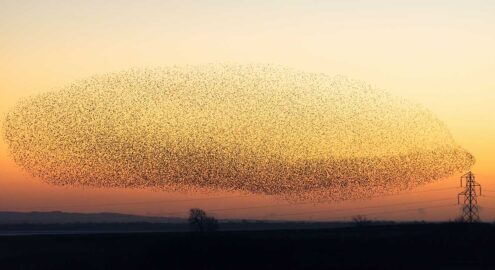
Finding Awe in Collective Acts of Kindness

Contemplating Awe-Inspiring Systems

Creating Musical Playlists for the Classroom
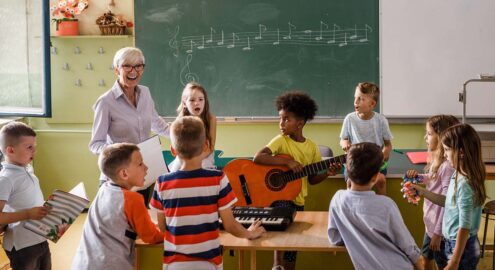
In Harmony with Sound

The Beauty of Collective Effervescence

Finding Awe In Everyday Moral Beauty

Letting Music Shape You
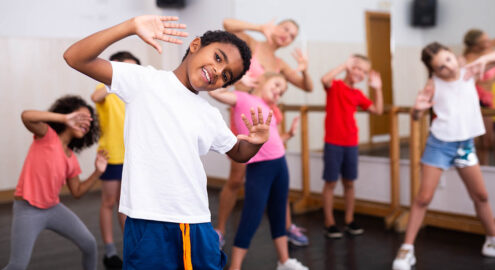
We Are Better (Dancing) Together
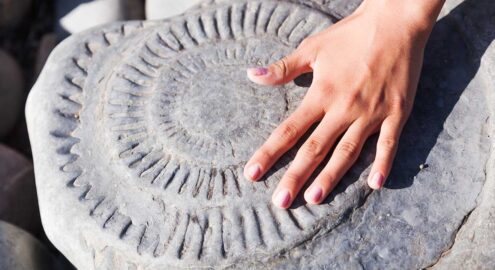
Mindfully Finding Awe In Nature
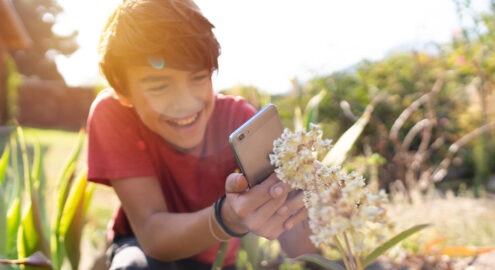
Finding Wonder through Art in Community

Finding Awe in Visual Design
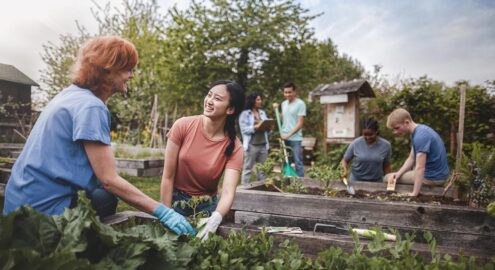
Transforming Challenges into Meaningful Pursuits

Sparking Discovery Through Awe

Wabi-Sabi: Finding Beauty in the Cycles of Life
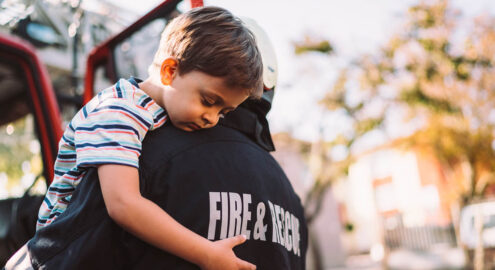
Inspiring Virtue with Moral Beauty

Awe Is All Around Us

Life is a Gift

Do you want to dive deeper into the science behind our GGIE practices? Enroll in one of our online courses for educators!

